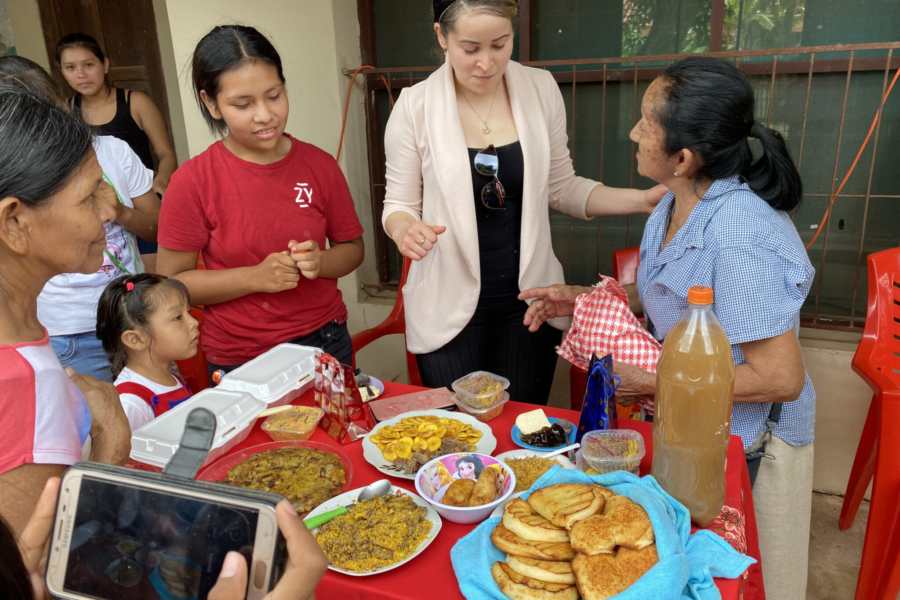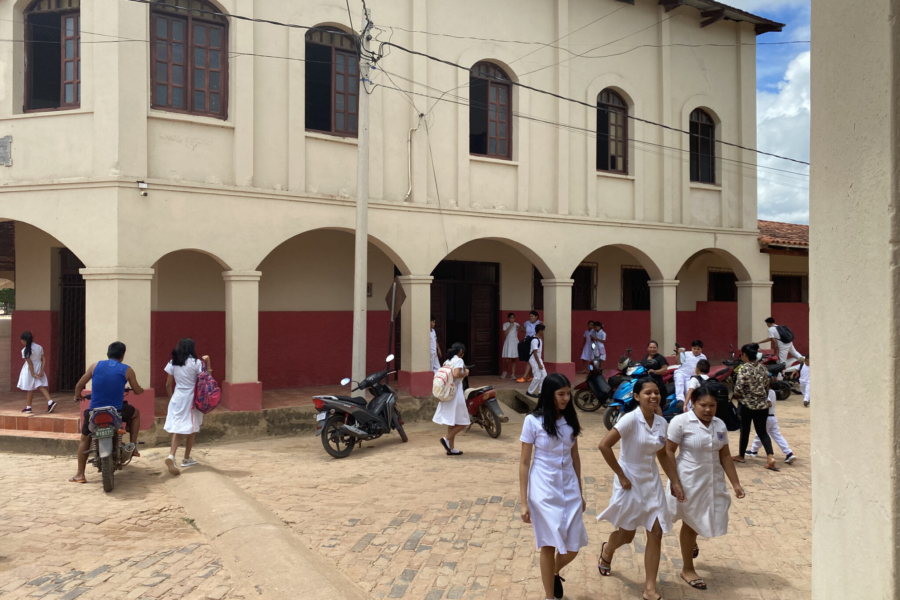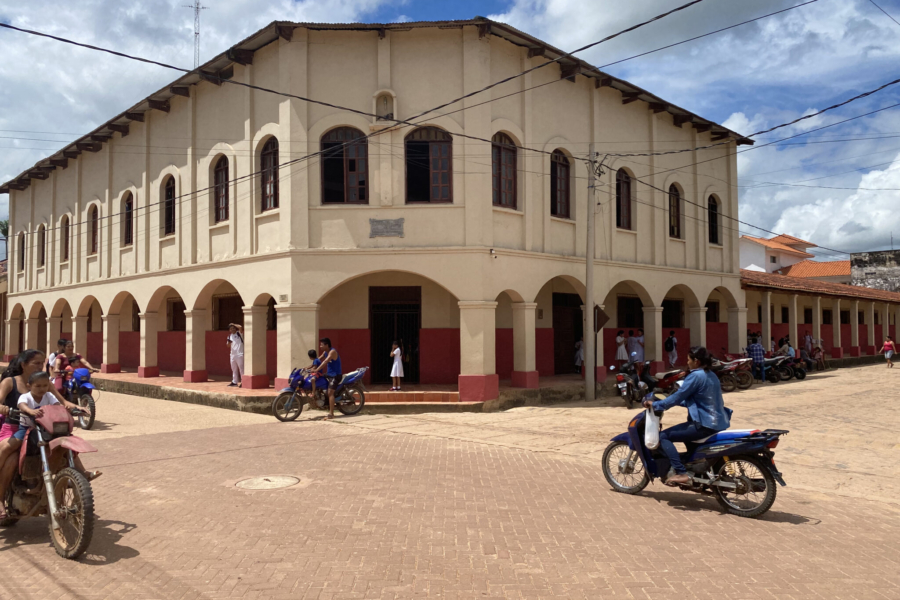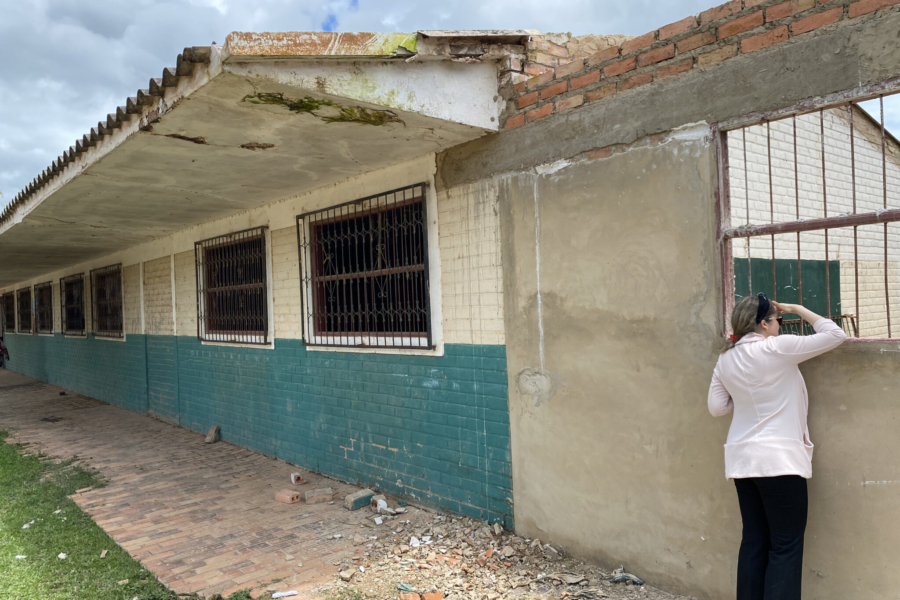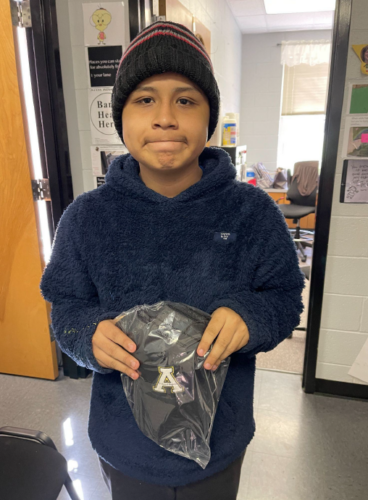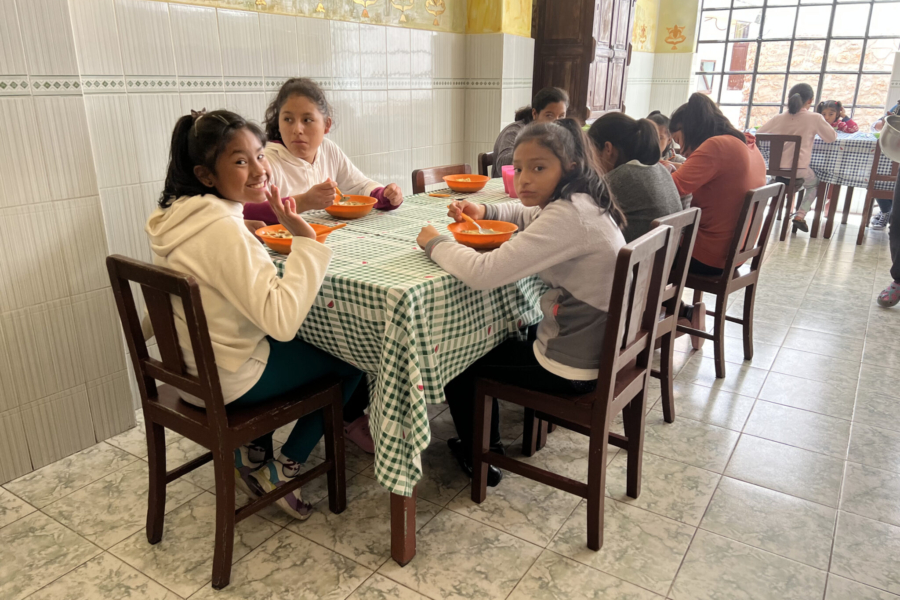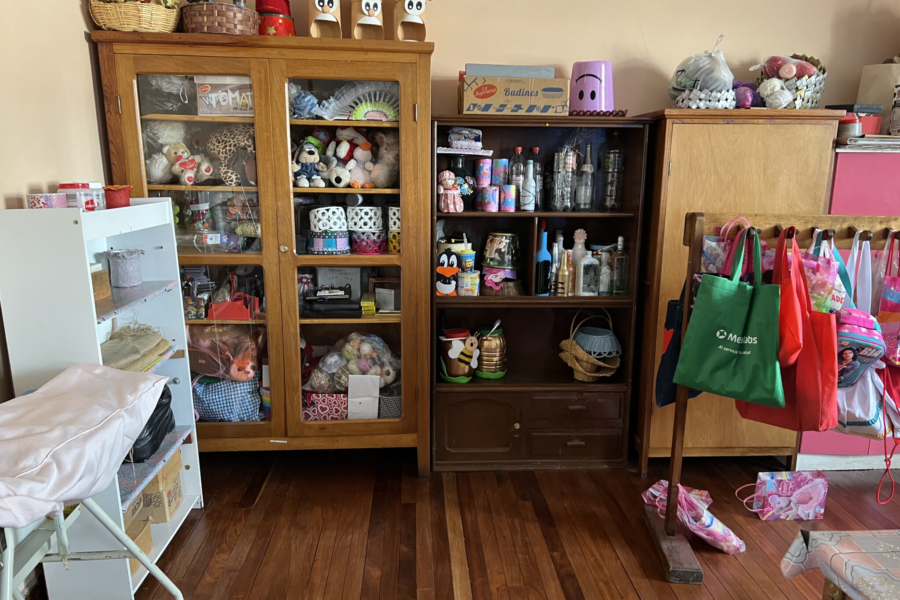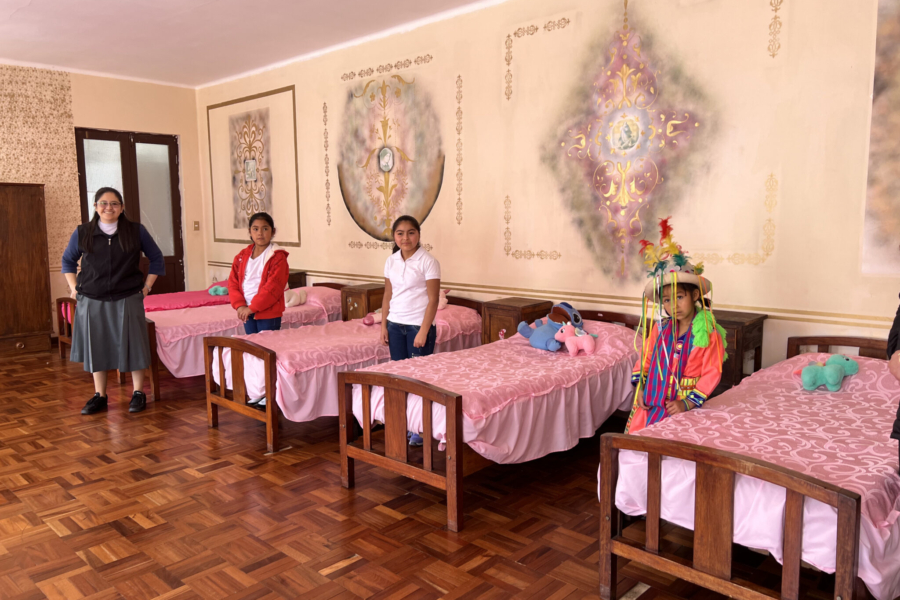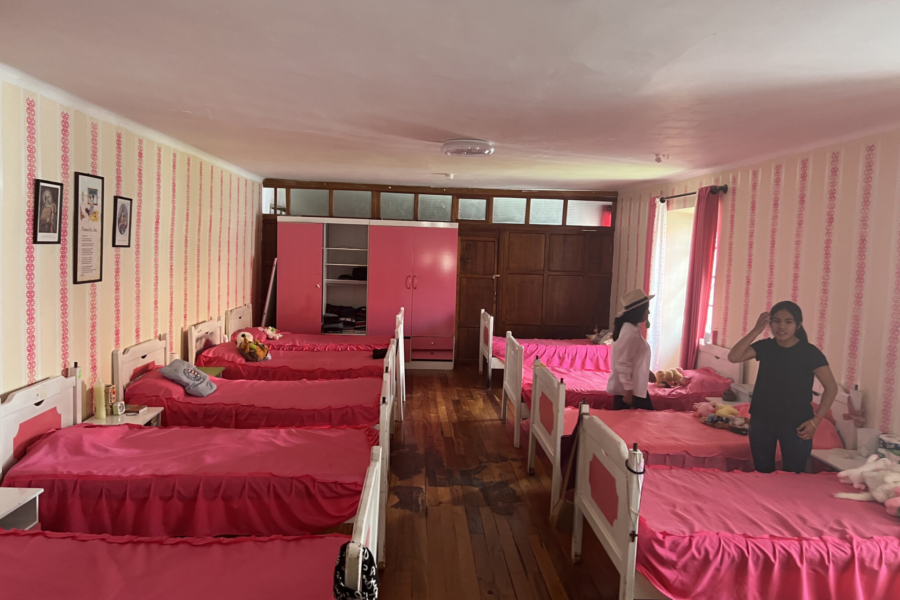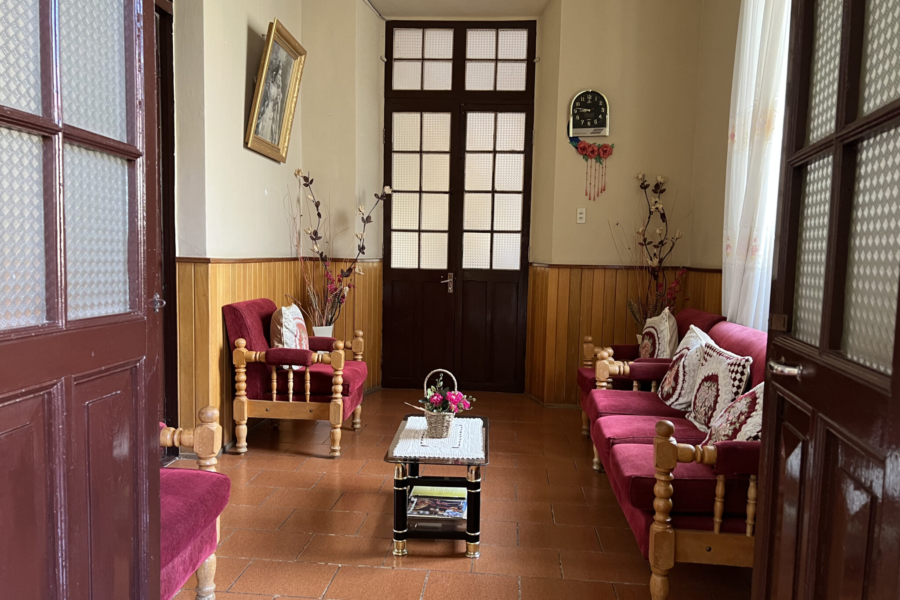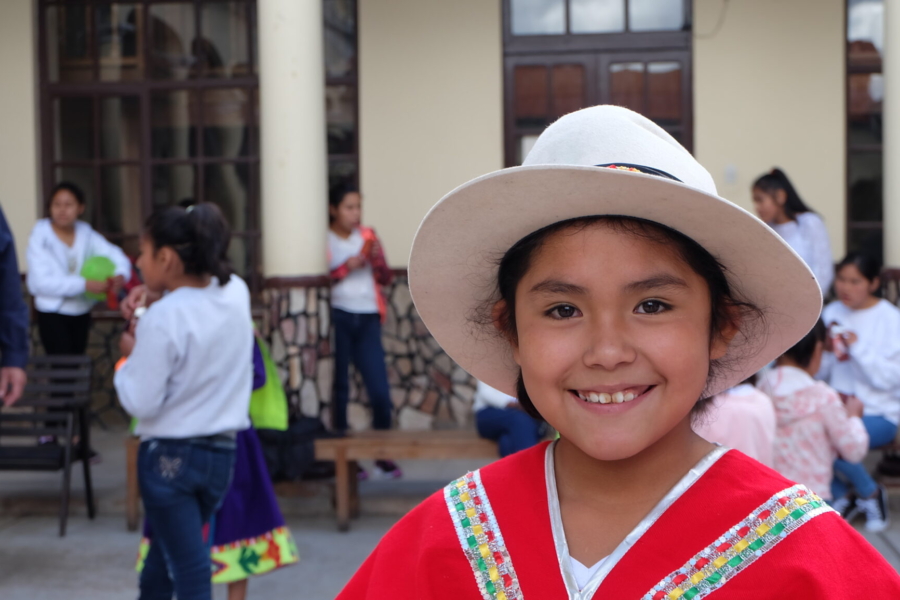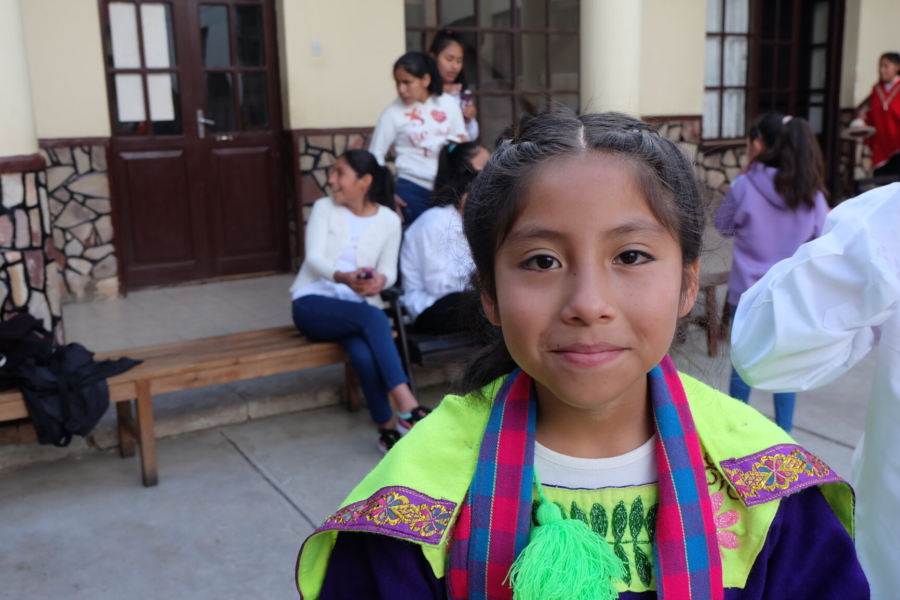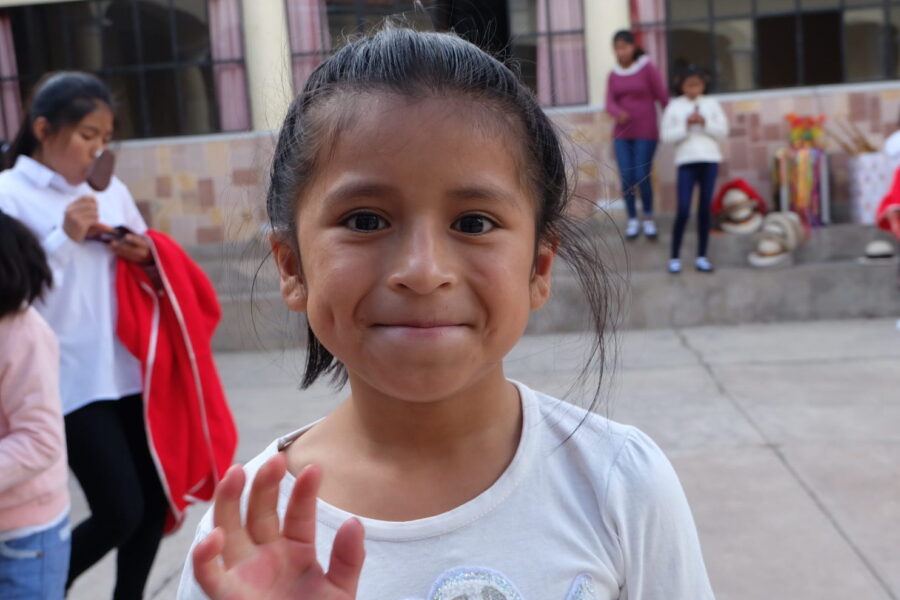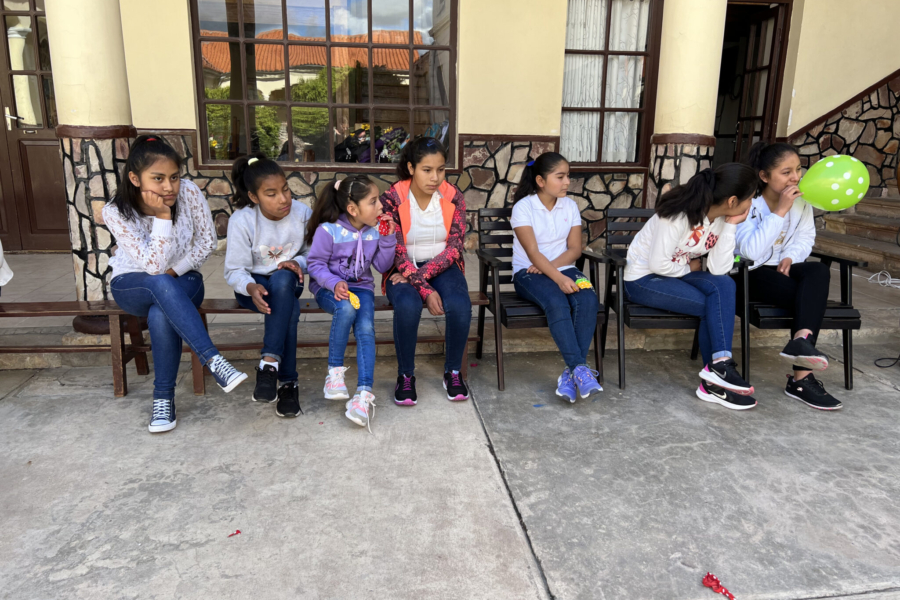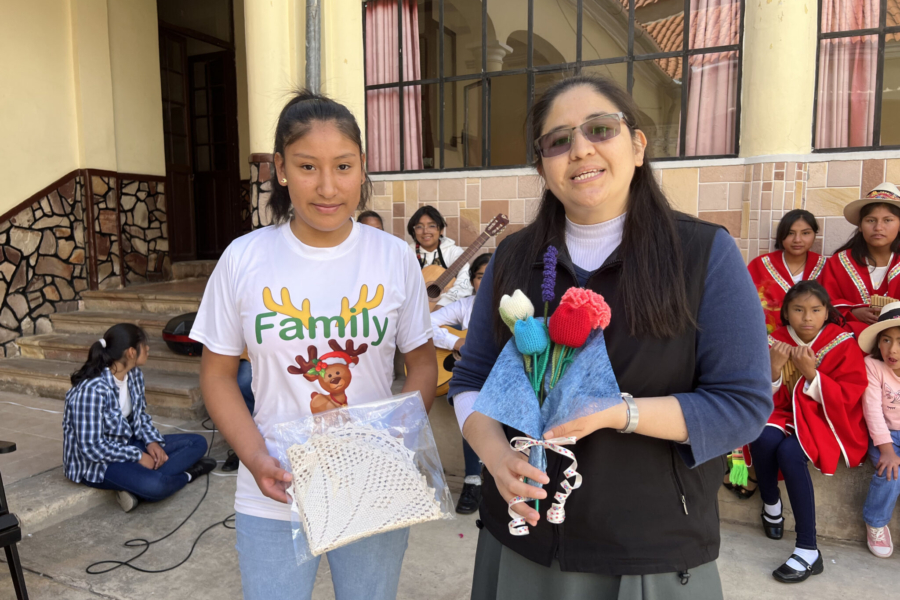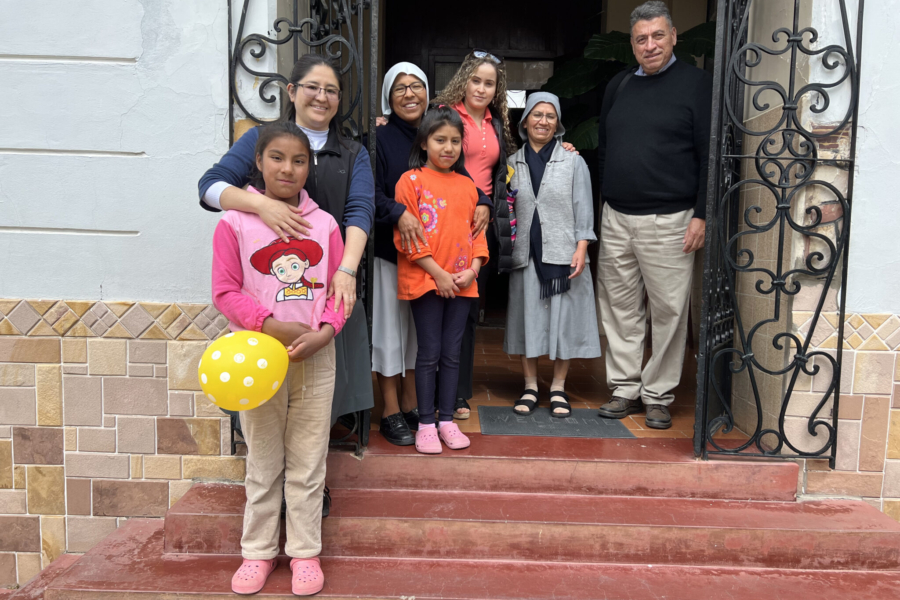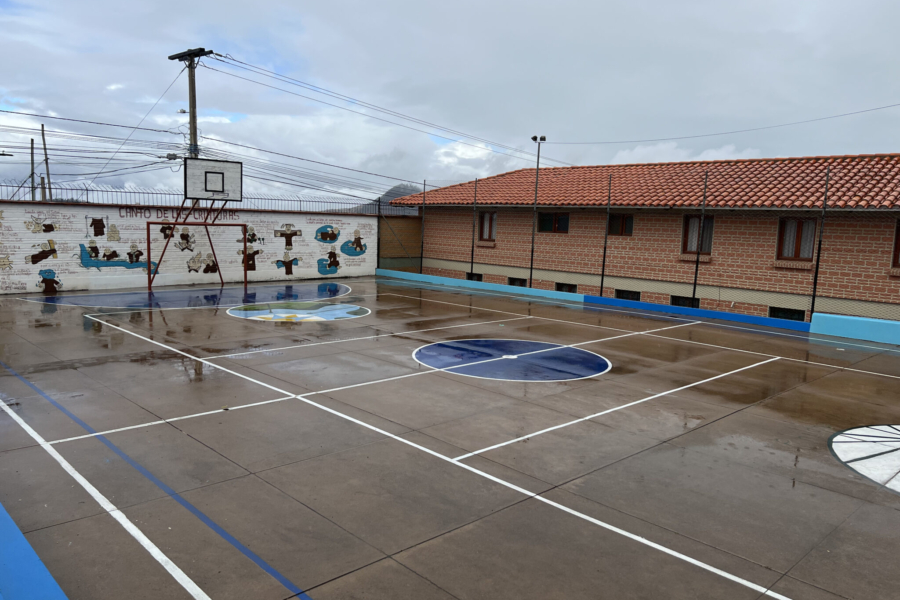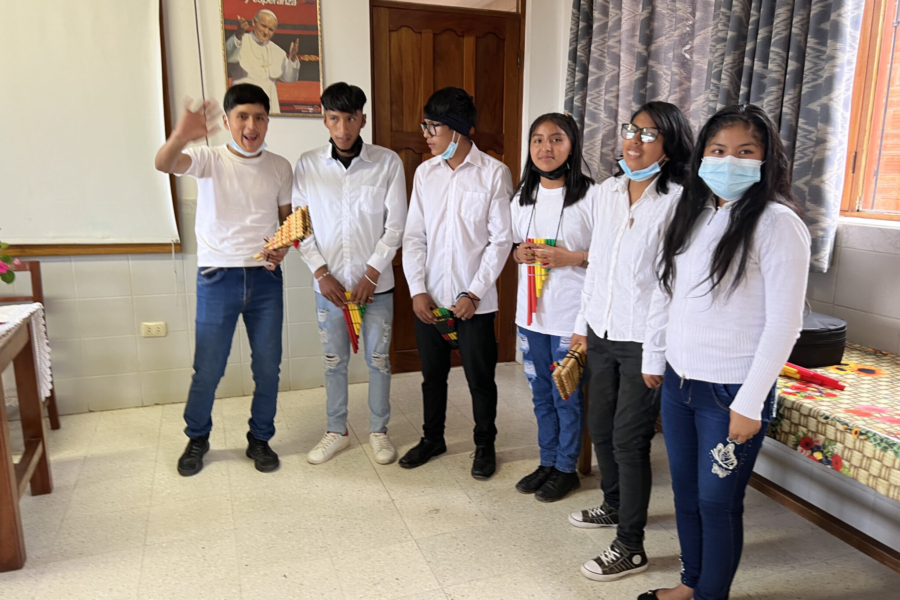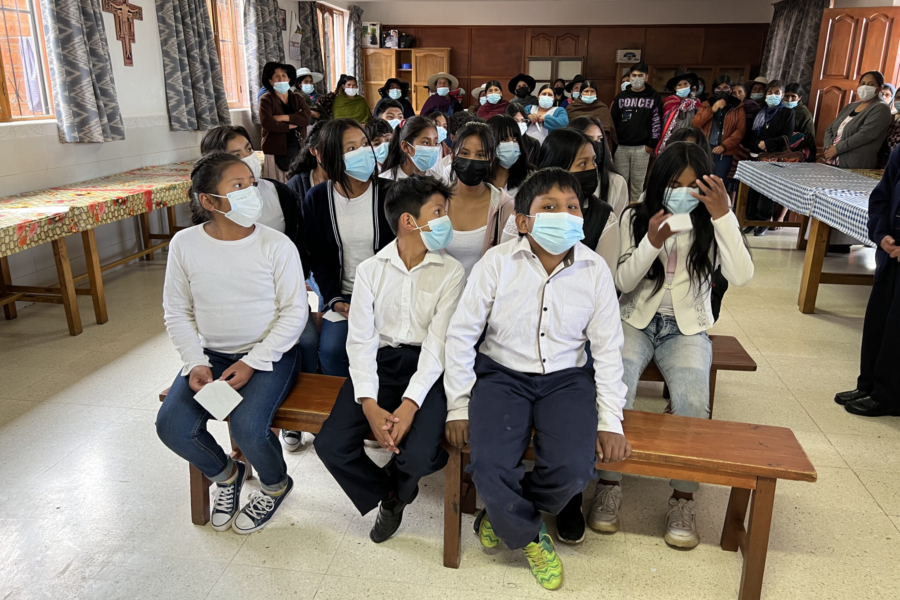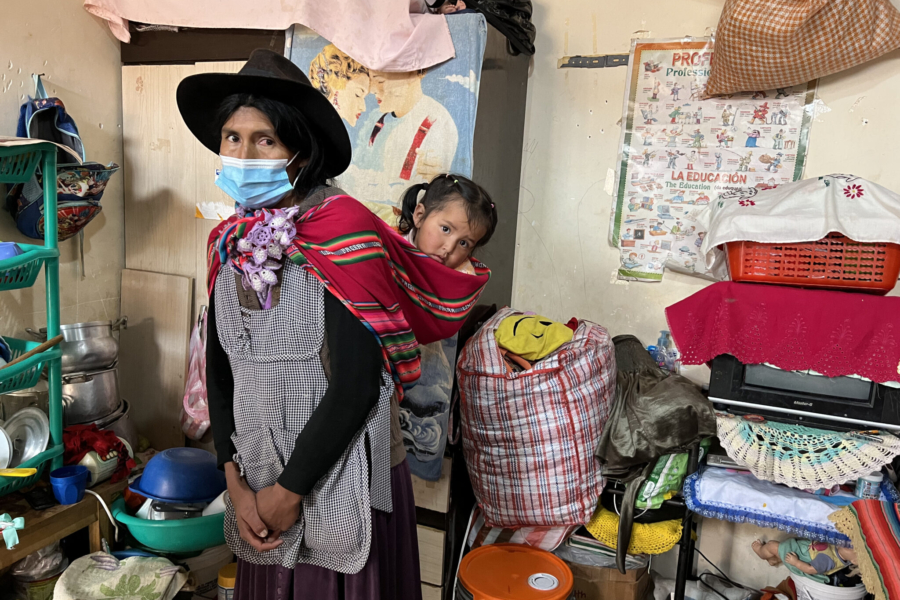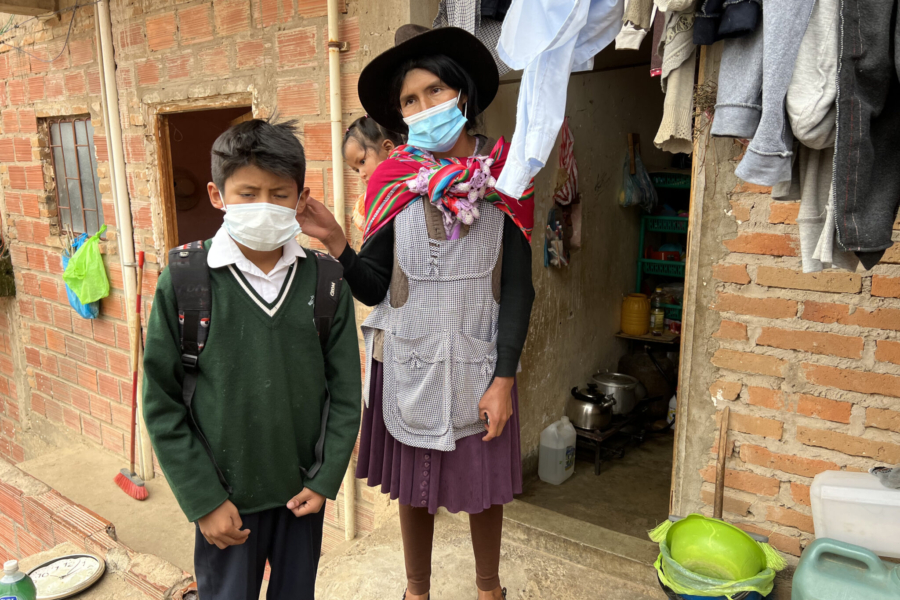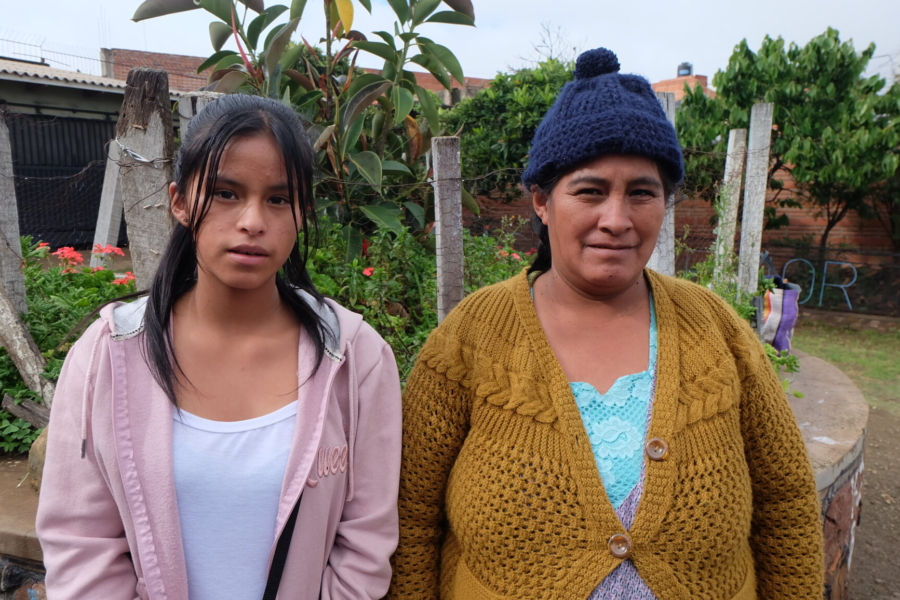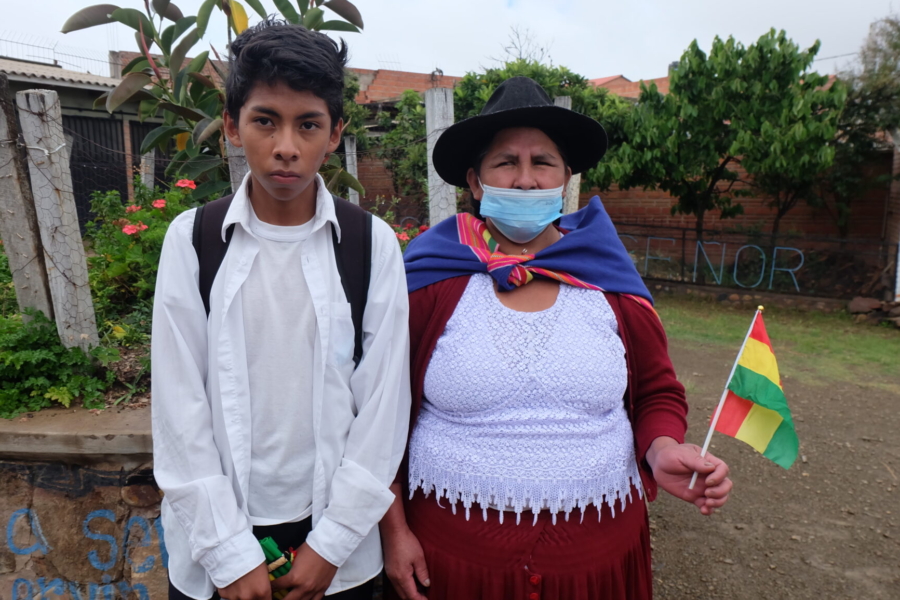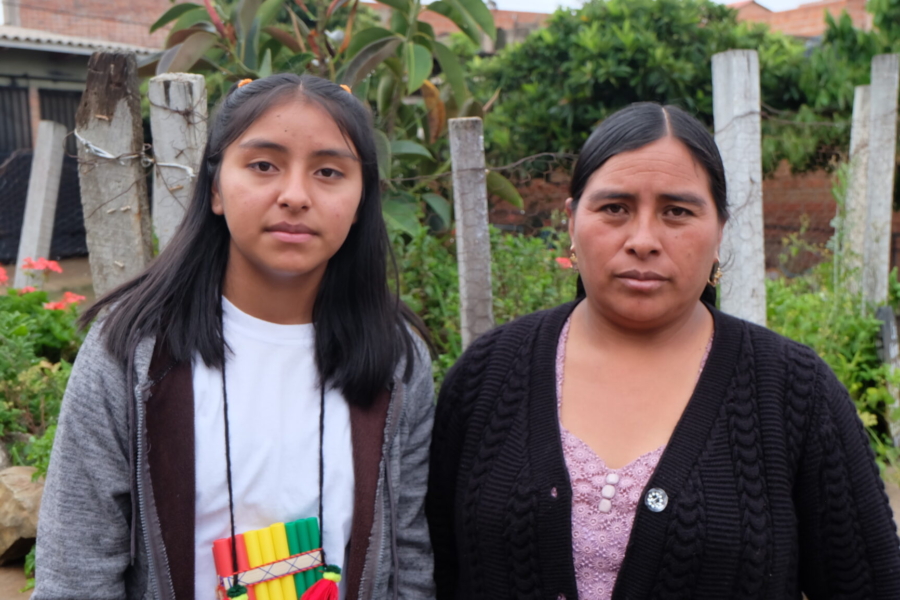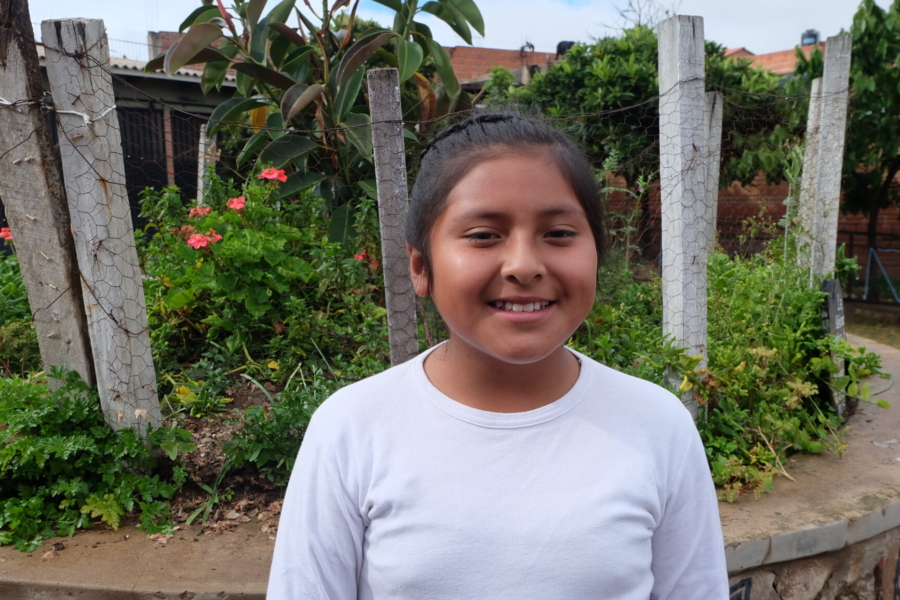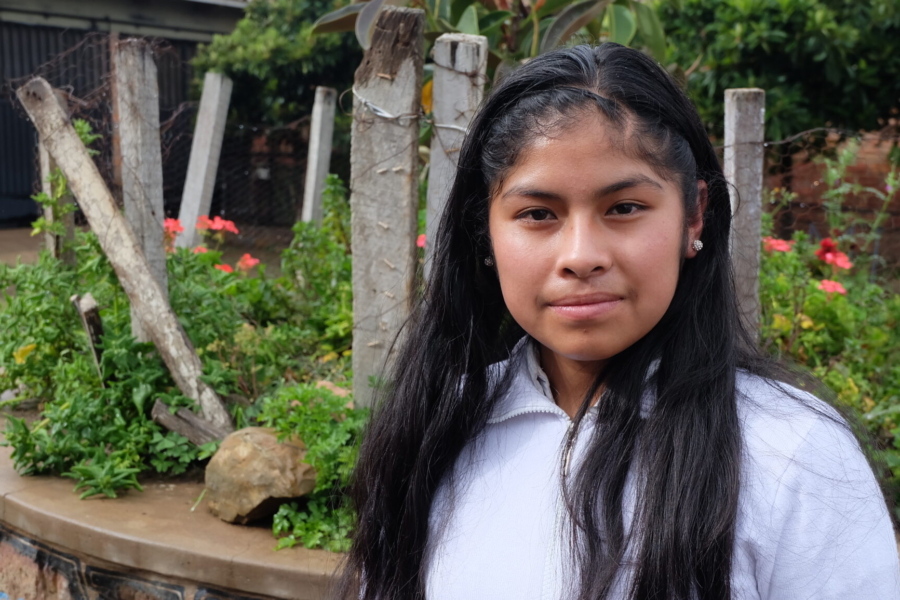In Asia, we work in India, Sri Lanka, and the Philippines. We affiliate with twelve sites in India, three in Sri Lanka, and five in the Philippines. Your support of children in these countries helps to provide them with food, clothing, school supplies, and hygiene items. We also fund feeding programs, the construction of schools and dormitories, as well as help children through our Higher Education Fund; and we support unsponsored children through our Shared Hope Fund.
Information about the countries in Asia where we work
Asia is full of beauty, but it also has its fair share of political, social, and economic issues that are keeping children from obtaining the basic needs they deserve, and from receiving a good education. As such, we want to highlight information about each of the Asian countries in which we work, to show you not only what the countries have to offer with regard to culture, landscape, and a rich history, but also what they lack in infrastructure – the reasons for which we affiliate with projects in each of these nations, in order to support their children in need.
Your support of children in these countries helps to provide them with food, clothing, school supplies, and hygiene items.
About India
From the snowcapped Himalayas to tropical beaches, India is truly a nation of contrasts. It boasts a rich history spanning tens of thousands of years; the earliest known civilization in South Asia once called its fertile Indus Valley home. Today, with the world’s second-largest population, India comprises a staggering variety of ethnicities, languages, religions, and cultures. Its wealth of natural resources and vibrant culture, however, belie the abject poverty in which so many of its citizens live.
About Sri Lanka
The island nation of Sri Lanka is located just east of India’s southern tip. It has been known by many names over the centuries, but it fittingly derives its current name from the Sinhalese words meaning “resplendent island.” Indeed, amidst its tropical rainforests, coastal plains, and Central Highlands in the south, Sri Lanka boasts the highest biodiversity density in Asia, with roughly a quarter of its thousands of species of plant and animal life existing nowhere else on the planet. Prehistoric settlements suggest that humans have called this land home for thousands of years. Its strategic location and deep ports made it an important part of the ancient Silk Road, and it served as a significant tactical ground during World War II.
Today, even in the wake of Portuguese, Dutch, and British colonization, Sri Lanka maintains its rich and ancient cultural heritage, comprising diverse ethnic groups, languages, and religions. Despite its many advancements, internal ethnic tensions remain active in Sri Lanka. In 1983, they culminated into twenty-six years of insurgencies and civil war, which, along with reports of widespread abuse of civil rights and corruption – not to mention the devastating tsunami of 2004 – left the nation reeling. Despite a recovering economy, Sri Lanka is still plagued by widespread poverty and its devastating effects.
About the Philippines
The Philippines comprise a vast island nation in Southeast Asia. This archipelago of more than 7,000 islands boasts sandy beaches, towering mountains and volcanoes, tropical rainforests, and an incredible wealth of natural resources and biodiversity. Humans have called these islands home for thousands of years, predating historic records. Today, the Philippines incorporate a staggering number of languages, ethnic groups, religions, and cultures. Despite its status as an emerging market, however, nearly half of all Filipinos still earn less than $2 a day. Adequate sanitation, access to potable water, and access to healthcare are daily challenges in this widely underdeveloped country, which is also prone to typhoons, earthquakes, and volcanic activity.
Most Frequently-asked Questions About Sponsoring a Child in Asia
Here at Children Incorporated, we know that sponsoring a child in need is extraordinarily rewarding, so we want to provide you with a guide to walk you through the process.
In order to make your decision as easy as possible, here you will find the answers to sixteen of the most common questions we receive about sponsoring a child in Asia.
-
What is sponsorship?
The sponsorship relationship enables an individual sponsor to help support a child in need by means of monthly contributions. Monthly sponsorship donations go towards providing basic necessities such as school supplies and tuition fees, food, clothing, and access to healthcare, among other services, so that a child living in poverty has the opportunity to overcome the barriers that keep them from attending school, getting an education, and succeeding in life.
-
What is the role of a sponsor?
A sponsor’s friendship and encouragement are priceless to a child in such circumstances. Indeed, many children value the relationships they establish with their sponsors as much as they value the financial support they receive from them. There is an opportunity to build a relationship between sponsor and child that can be quite profound.
-
How long can I sponsor a child in Asia?
Many children value the relationships they establish with their sponsors as much as they value the financial support they receive from them. There is an opportunity to build a relationship between sponsor and child that can be quite profound.
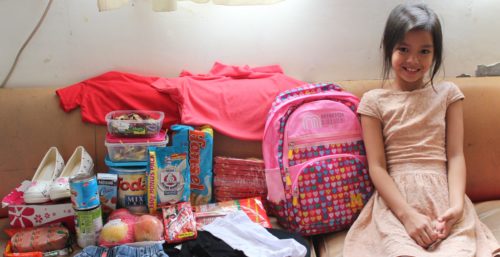 Typically, sponsorship lasts until a child turns eighteen years old, graduates from high school, or moves out of our service area. Due to the transient state of many families and the difficult circumstances of the regions where they reside, we cannot predict or guarantee how long a child will remain in our sponsorship program, though every effort is made to provide services to children for as long as possible.
Typically, sponsorship lasts until a child turns eighteen years old, graduates from high school, or moves out of our service area. Due to the transient state of many families and the difficult circumstances of the regions where they reside, we cannot predict or guarantee how long a child will remain in our sponsorship program, though every effort is made to provide services to children for as long as possible.
When a child leaves the sponsorship program, another child is selected for you to sponsor that is equally in need, in the hope that you will accept the new sponsorship.
-
Who implements or administers the child sponsorship program?
Our program is implemented by on-site volunteer coordinators who are typically administrators at the sites with which we affiliate. Our coordinators have direct access to the children they serve at their schools, homes, orphanages, or community centers — and sometimes even on a daily basis. As such, they are familiar with the immediate needs and family circumstances of each individual child in their care.
-
Who most directly benefits from my financial support?
When you sponsor a child, the beneficiary of your support is your individually sponsored child. The families of children in our sponsorship program receive additional or indirect benefits from their child’s sponsorship, but our focus is the one child. Sponsorship is intended to address the unique and individual needs of each child.
The child-focused approach to fighting poverty is distinctly different from the broader community development approach. By changing the life of one child, you are giving him or her the opportunity to break the cycle of poverty, which can eventually lead to the transformation of an entire community — and even a nation.
-
Will I receive updated information about my sponsored child in Asia?
Yes. You will receive updated information and updated photos, though the frequency may vary depending upon the child’s location. The typical progress report includes information about the child’s grade level in school, hobbies, and interests.
-
May I send packages to my sponsored child in Asia?
Due to high customs duties and the likelihood of loss, it is not recommended that you send packages to sites outside of the United States, as their receipt cannot be guaranteed. If you would like to send an additional gift, it is recommended that you send a monetary gift to our headquarters in North Chesterfield, Virginia.
-
May I write to the child I sponsor?
Yes! Corresponding with your sponsored child can be a delightful experience. Your sponsored child is encouraged to write to you as well.
-
What should I write about?
The children enjoy learning about the lives of their sponsors. Writing about your own family (children, grandchildren, brothers, sisters, etc.) is always a good place to start. The children also like to learn about your part of the world, what you do for a living, your hobbies and interests, and about any pets you may have.
-
Is it possible to visit my sponsored child in Asia?
It is possible to visit sponsored children; however, it is not guaranteed that all of the sites with which we affiliate are open to sponsor visits. Circumstances vary from area to area.
-
Are there reviews of child sponsorship organizations?
Yes. Before you choose an organization with which to sponsor a child, we highly recommend that you visit these websites to gain a better understanding of charity backgrounds and performances: Charity Navigator, GuideStar, Give.org and Charity Watch.
Children Incorporated is very proud of our reputation and reviews that recognize the work we are doing for children.
-
What are the best child sponsorship organizations for sponsoring
a child in Asia?
Well, we are obviously a little biased about this question; but as we mentioned above, we highly recommend that you visit the various websites that provide assessments and ratings of nonprofit organizations before you make any donations.
-
What are the pros and cons of sponsoring a child?
The pros: you get to make a fundamental difference in the life of a child in need, and the effects of your sponsorship can last a lifetime. There are no real cons to sponsoring a child, but as you follow the progress of your sponsored child, you may at times feel that you wish could do more.
-
How much does child sponsorship cost?
Our sponsorship rate is $35 per month, and may be paid monthly, quarterly, semi-annually, or annually.
-
Will my sponsorship help a child go to school?
Yes – absolutely! We pride ourselves on our focus on providing educational resources for children.
-
Are there non-religious sponsorship organizations?
Yes, there are many great charitable organizations, both religious and non-religious, that provide assistance to children in Asia. Children Incorporated is a non-religious charitable organization.
If you are interested in sponsoring a child in Asia or elsewhere, please click here to get started.



